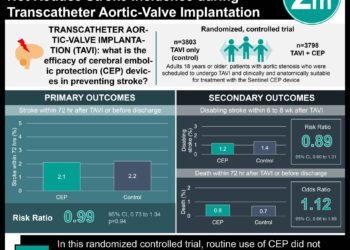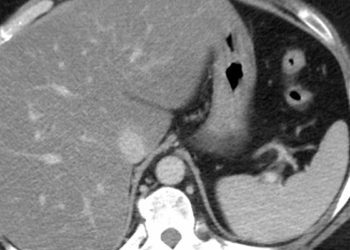Zoledronic acid therapy reduces risk of fracture in men with osteoporosis
Image: PD. Vertebral fracture.
Key Study Points:
1. Over a 2-year period, annual zoledronic acid treatment reduced the risk of vertebral fracture by 67%.
Primer: Osteoporosis is a major cause of morbidity and mortality in the elderly, and although it is more commonly seen in women, a large population of men also share the burden of this disease. In fact, osteoporotic fractures have been seen to carry a higher mortality rate in men than women. As in women, a decrease in sex hormone production with age (hypogonadism) is a major cause of osteoporosis in men, though glucocorticoid treatment, gastrointestinal disease, vitamin D deficiency, and alcohol abuse are also common causes. Despite its large prevalence, osteoporosis evaluation and treatment in men has been suboptimal, leading to a higher than necessary but preventable risk of fracture and thus mortality in the general male population. This study assesses the effect of the bisphosphonate, zoledronic acid, on vertebral fracture risk in men with osteoporosis.
Background Reading:
This [multicenter, randomized, double-blind, placebo-controlled] study: The participants included in the study were men ages 50-85 years with primary or secondary osteoporosis due to low testosterone levels who have 1-3 prevalent vertebral fracture (with bone mineral density (BMD) T-score of <-1.5) or men without fractures (with BMD T-score < -2.5. At baseline and 12 months, 553 patients received a 5mg IV infusion of zoledronic acid and 574 received placebo. The primary end point was the proportion of men with 1 or more new vertebral fractures after 24 months.
The study found that new fractures within 24 months occurred in 1.6% and 4.9% of the zoledronic and placebo groups, respectively. Results also demonstrated a 68% (p=0.02) reduction in new fractures at 12 months and a 59% (p<0.05) relative risk reduction of worsening fractures.
In sum: Overall, this study demonstrates that annual infusions of zoledronic acid significantly reduce the risk of new vertebral fractures in men with osteoporosis, a finding previously seen in women. These results suggest that men can also benefit from treatment with bisphosphonates. Though the power of this study was large enough to significantly detect the effect of this treatment on vertebral fractures, it was not significant enough to apply to non-vertebral fractures (e.g. hip fractures). Such a correlation deserves further investigation. Though results were significant and sustained over the 2-year period, it is unclear how long the treatment will continue to show a benefit (also a question regarding the treatment of osteoporotic women). Nonetheless, this study represents an important step in establishing the efficacy of zoledronic acid in male patients with osteoporosis.
Click to read the study in [NEJM]
By [SM] and [RR]
© 2012 2minutemedicine.com. All rights reserved. No works may be reproduced without written consent from 2minutemedicine.com. DISCLAIMER: Posts are not medical advice and are not intended as such. Please see a healthcare professional if you seek medical advice.




